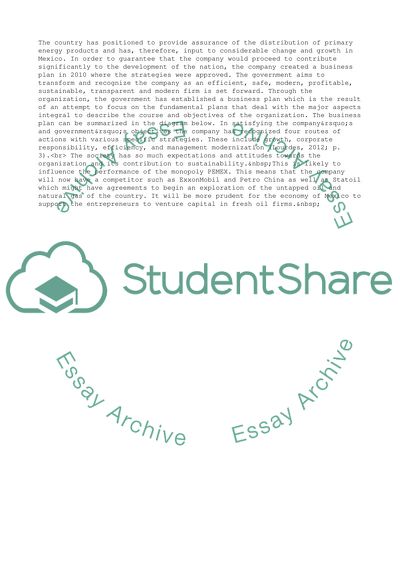Cite this document
(“PEMEX Coursework Example | Topics and Well Written Essays - 2250 words”, n.d.)
PEMEX Coursework Example | Topics and Well Written Essays - 2250 words. Retrieved from https://studentshare.org/business/1643558-pemex
PEMEX Coursework Example | Topics and Well Written Essays - 2250 words. Retrieved from https://studentshare.org/business/1643558-pemex
(PEMEX Coursework Example | Topics and Well Written Essays - 2250 Words)
PEMEX Coursework Example | Topics and Well Written Essays - 2250 Words. https://studentshare.org/business/1643558-pemex.
PEMEX Coursework Example | Topics and Well Written Essays - 2250 Words. https://studentshare.org/business/1643558-pemex.
“PEMEX Coursework Example | Topics and Well Written Essays - 2250 Words”, n.d. https://studentshare.org/business/1643558-pemex.


